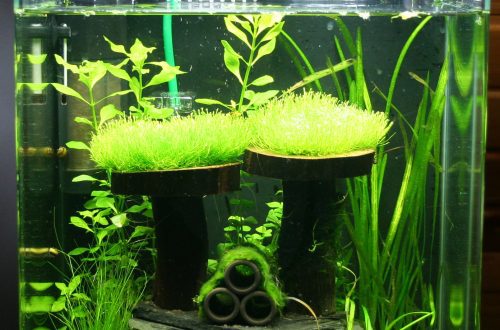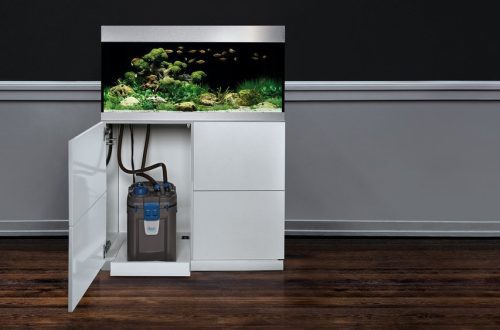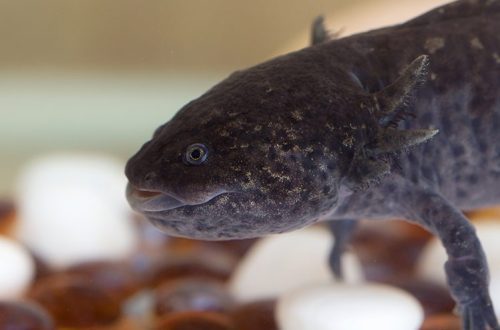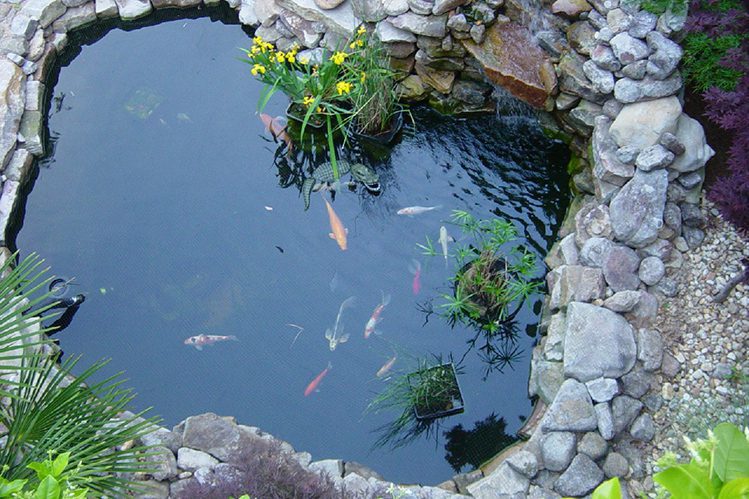
Feeding pond fish
What to feed the fish in the pond in the country? Is their diet different from the diet of the inhabitants of our usual aquariums? How to choose the right food? – About this and much more in our article.
And let’s start the article with a seemingly sudden question: is it necessary to feed pond fish at all? This question is often asked by people who have not encountered the design of a garden pond and the maintenance of its inhabitants. It seems to them that food for fish (mosquito larvae, etc.) is naturally formed in an established pond, which means that the fish themselves get their own food. Of course, this is not true. A garden fountain or a pond, as artificially created biotopes, does not form a sufficient food base for fish. Very rarely, a food base is actually formed in the ponds (for example, mosquito larvae), but in small quantities. Such “food” does not contain the necessary nutrients for fish and cannot act as their main food. But what then to feed the fish in the home pond?
The best and simplest solution is to feed special balanced diets. Their main advantage lies in the perfect balance of ingredients, calculated according to the needs of pond fish. Thus, the owner of the pond does not have to worry about the quality of the diet, moreover, he does not have to spend time planning and preparing food.

But a ready-made diet is different for a ready-made diet, and not all ready-made feeds are equally useful for fish. Let’s note what characteristics of the feed you need to pay attention to in the first place.
Purpose of food. Choose a balanced food specifically for pond fish, and not for aquarium fish (for example, Tetra Pond).
Perfect balance. The food must be balanced. Its composition should include vitamins, minerals and trace elements for a healthy nutritious diet.
Easy digestibility. The diet should be easy to digest and promote good digestion, this will help keep the water clean for a long time.
Choice components. Raw materials must be carefully selected. Do not buy economy-class food from low-quality raw materials, because it carries a minimum of nutritional value.
Good packing. Do not purchase feed in bulk or feed in poor quality or damaged packages. The quality and freshness of such feeds are, to put it mildly, under a big question. Food packaging must be tight, light-tight and have a lock. Only in this way the most important vitamins and nutrients do not lose their properties. By the way, low-grade low-quality food will not only not bring any benefit to your fish, but will also cause rapid pollution of the reservoir with organic matter and algae growth due to poor digestibility.
Immunity protection. Foods that strengthen the immune system are especially useful for fish. For example, Tetra not only uses high-quality nutrients, fiber and a full range of microelements in its feeds, but also a unique combination of active ingredients specifically for strengthening immunity (the patented BioActive formula).
How often to feed the fish? Optimal – 3 times (not more often) a day, in small portions. Feed should be given in an amount that the fish can handle in 1-2 minutes.
If we consider the range of food for pond fish as a whole, it can be divided into three parts: basic food, special food and separately food for koi – the most popular representatives of pond fish. Let’s look at the categories in order.
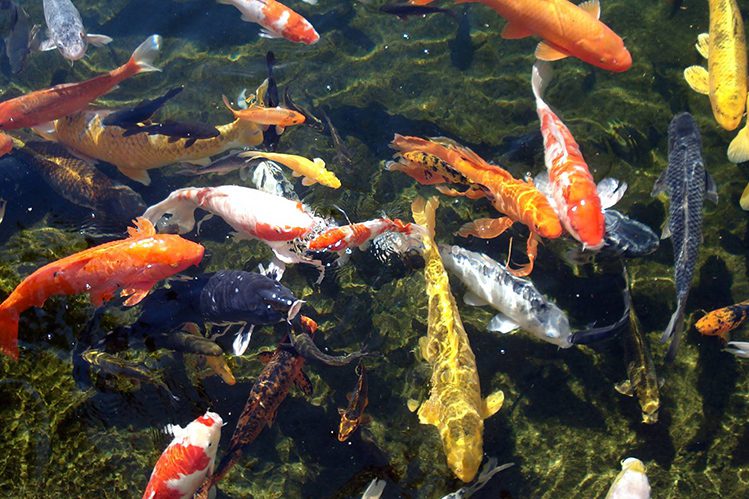
The main feeds are selected depending on the biological characteristics and the way the fish are fed. As you know, some fish feed from the surface of the water. For them, foods that float on the surface of the water (for example, Tetra Pond Sticks) are ideal. For a mixed population, food in the form of flakes is suitable, which first stay on the surface, and then, soaked in water, slowly sink through the layers of water (for example, Tetra Pond Flakes), or special combined food from flakes, sticks, gammarus, wafers, etc. ( e.g. Multi Mix).
Specialty foods contain more nutrients and vitamins than basic foods. They can be used in combination with the main food to strengthen the weakened body, enhance color (Tetra Pond Color Sticks), as treats. And also as the main food during the holidays (Tetra Pond Holiday) or when the air temperature drops, when the fish need the most nutritious and easily digestible diet (for example, Tetra Pond Wheatgerm Sticks).
Koi foods contain specially selected nutrients, vitamins, trace elements, and carotenoids for natural color enhancement. There are several types of food for koi. Along with the general core ranges (e.g. Tetra Pond Koi Wheatgerm Sticks, Premium Mix), diets designed specifically for young koi (Tetra Pond Koi Mini Sticks) and diets for koi over 25 cm (Tetra Pond Koi Color & Growth Sticks) are also available. ). In general, feeding koi is a broad topic, with its own nuances depending on the season and wintering, and the owner of these beautiful fish should strictly follow the recommendations for feeding from the manufacturer.
Be careful when choosing food and if you have questions, do not hesitate to consult with professionals and experienced owners of garden ponds.



